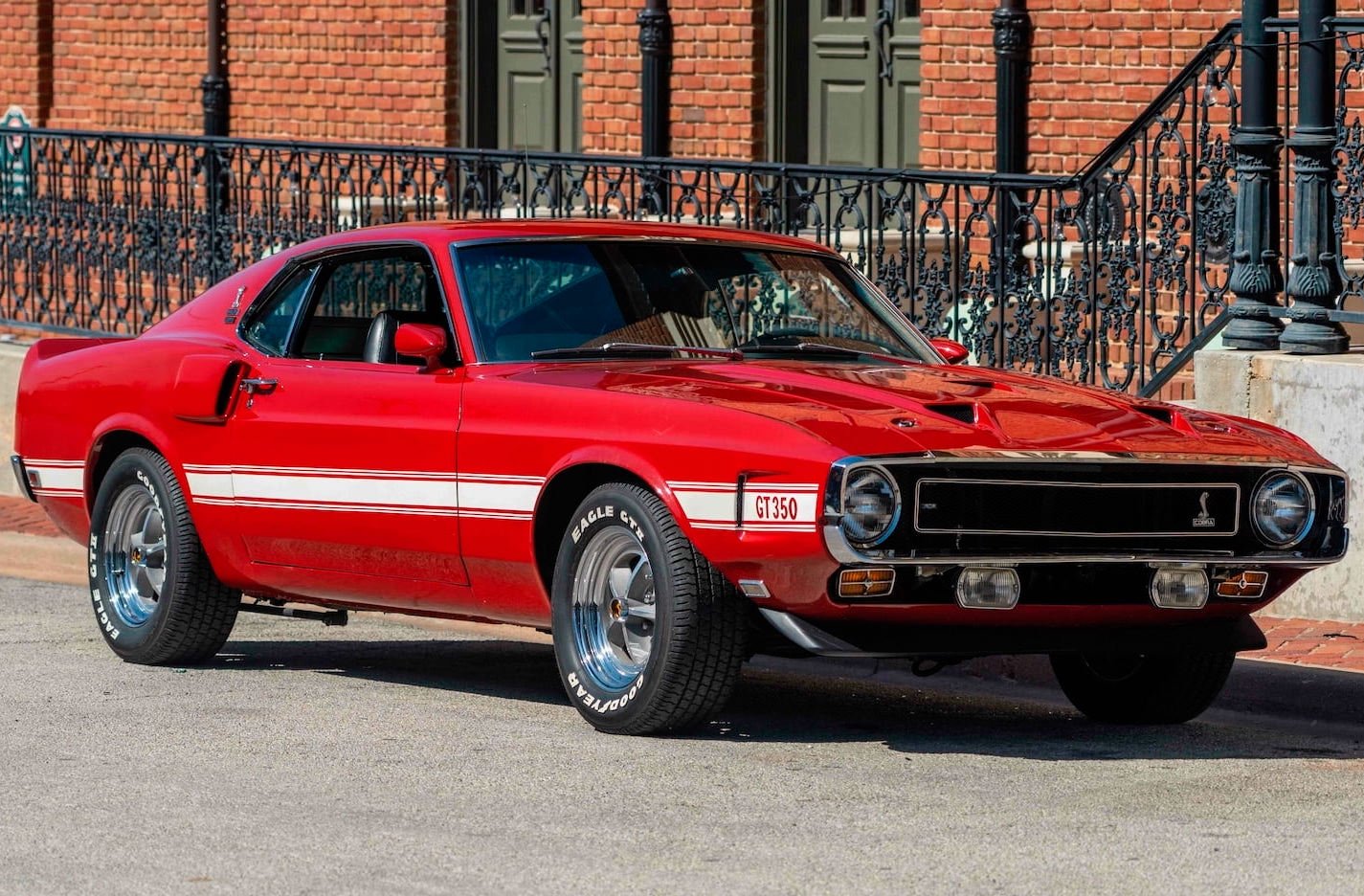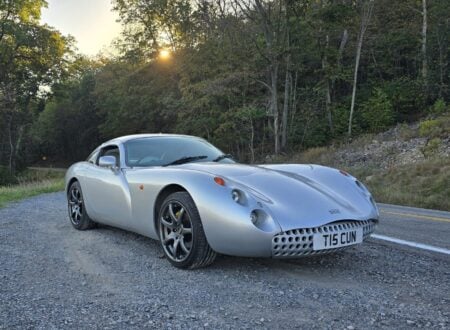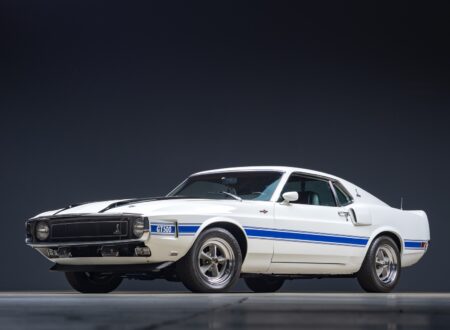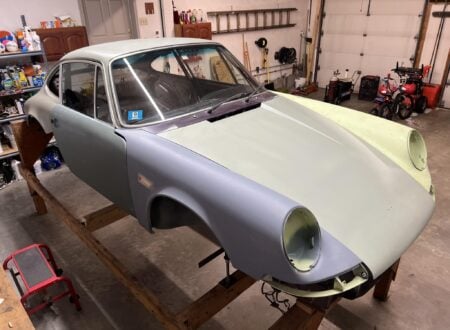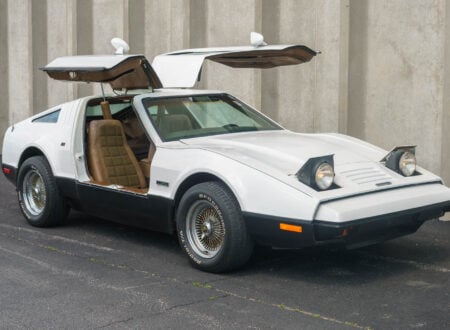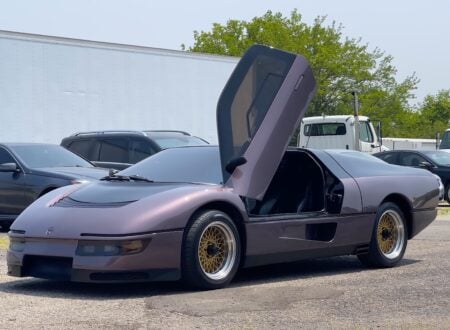The 1969 Shelby GT350 would be the last of the mighty original Shelby Mustangs. It had a new front-end that looked nothing like the earlier cars in the series – a style decision that would foreshadow the new front that would appear on the regular Mustang in 1971. The GT350 was powered by an uprated 351 V8 producing 290 bhp.
This particular car was previously owned by Bob Seger, the American rock star from Detroit who became a household name in the 1970s and beyond touring with the Silver Bullet Band. Seger’s hits include “Night Moves”, “Turn the Page”, “Still the Same”, “Hollywood Nights”, “Against the Wind”, and countless others.
Fast Facts – The 1969 Shelby GT350
- The Shelby GT350 was a high-performance variant of the Ford Mustang conceived by Shelby American from 1965 to 1970. The car was named after its creator, Carroll Shelby, a former race car driver and automotive designer who had previously worked with Ford on the improvement of the Ford GT40 race car.
- The first Shelby GT350 was introduced in 1965, and it was based on the Mustang fastback coupe. The car featured a modified version of Ford’s 289 V8 engine, which had been significantly upgraded, suspension and braking systems were similarly improved.
- Over the following four years the GT350 would be joined by the GT500. Both models became more comfortable and luxurious over time but their performance put them well ahead of the standard Mustangs of the era.
- The 1960 Shelby GT350 would be the last of the original Shelby Mustangs. It featured a number of new additions including the completely revised front end. Although the car was still offered in the 1970 model year they were just re-labeled 1969 models with minimal changes.
The 1969 Shelby GT350
The 1969 Shelby GT350 was the fourth model year of Shelby American’s partnership with Ford Motor Company to produce high-performance versions of the Mustang. While the Shelby Mustangs had initially been developed for racing, they had become more street-oriented over time.
Above Video: This is “Night Moves”, one of the most famous of Bob Seger’s songs and one that’s doubtless been played on the stereo of the GT350 in this article more than once.
The 1969 model year marked a significant redesign for the GT350, which included a new body style, updated suspension, more powerful engine options, a fiberglass hood, and fiberglass front fenders to reduce front end weight.
The 1969 Shelby GT350 featured a more aggressive front design with a new grille and bumper, as well as a new more prominent rear spoiler and taillights. The car featured a number of air scoops including three in the hood, one on each front fender, and one on each rear fender just behind the doors. The GT350 was available in two body styles – a fastback coupe and a convertible.
The suspension on the GT350 was updated over the standard Mustang with stiffer springs, larger sway bars, and adjustable shock absorbers, which improved handling and stability at high speeds.
The rear suspension included a Hotchkiss-drive, variable-rate, semi-elliptical leaf spring suspension, which helped keep the rear axle centered under hard cornering. The brakes were also improved, with power-assisted front discs and rear drums.
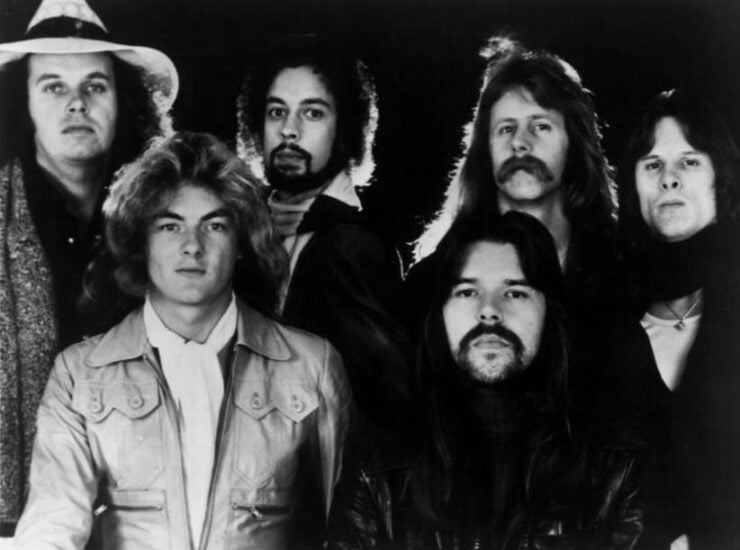

Under the hood, the 1969 Shelby GT350 was available with two engine options. The standard engine offered was the 351 cubic inch Windsor V8 engine, similar to the engine used in the Mustang Boss 302.
It was upgraded with a high performance alloy intake manifold, finned aluminum valve covers, and a 470 CFM four-barrel Autolite carburetor and it made 290 bhp at 4,800 rpm with 385 lb ft of torque 3,400 rpm.
The more powerful option was a 360 bhp, 428 cubic inch V8 engine, which was borrowed from the Ford Thunderbird. Some felt that this big block engine upset the handling of the car, however it was generally preferred for 1/4 mile drag racing.
Both engines were paired with a four-speed manual transmission, with a limited-slip differential (Traction-Lok) and a Ford FMX Cruise-O-Matic automatic transmission available as options.
Other notable features of the 1969 Shelby GT350 included power steering, power front disc brakes, and a deluxe interior with high-back bucket seats, woodgrain trim, and a center console with a clock and oil pressure gauge. The convertible models came with a power-operated soft top.
Despite its impressive performance and unique styling, the 1969 Shelby GT350 was not as successful as previous models.
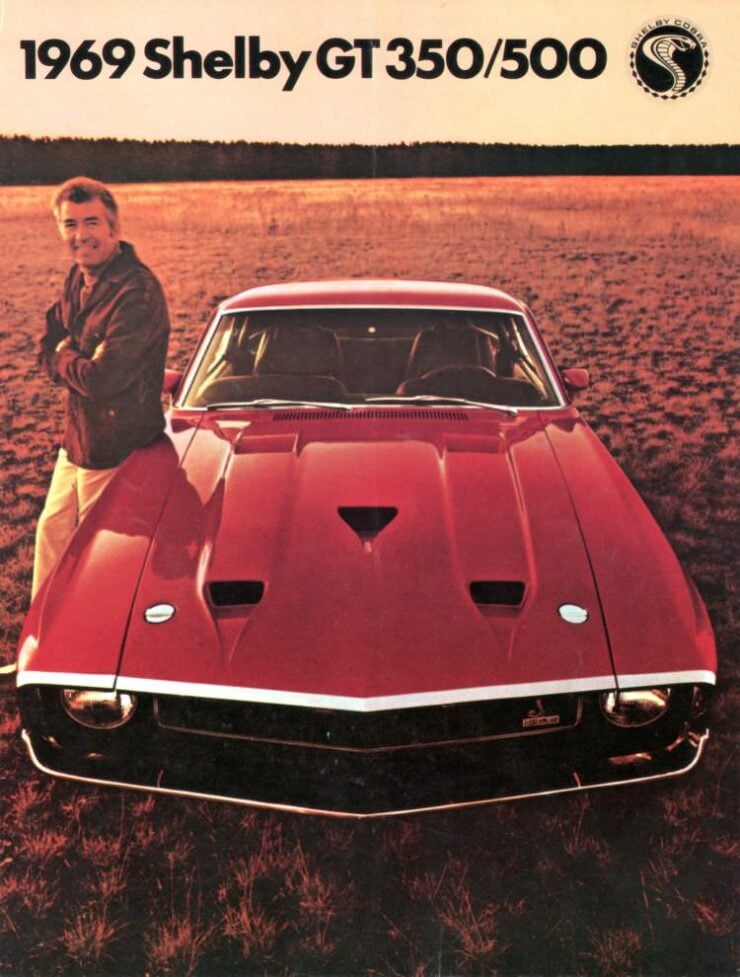

One factor was increased competition from other muscle cars, such as the Chevrolet Camaro and Plymouth Road Runner. The 1969 model was once again offered as a 1970 model, with the vehicle identification numbers updated under FBI supervision.
The Ex-Bob Seger 1969 Shelby GT350 Shown Here
The car you see here formerly belonged to rock legend Bob Seger, a singer, songwriter, and musician originally from the Detroit-area.
Seger first started performing in the 1960s and had his first hit in 1968 with the song Ramblin’ Gamblin’ Man. He would record a number of more hits in the following years when he formed Bob Seger and the Silver Bullet Band.
His career has now spanned six decades and he’s sold over 75 million records around the world with many of his songs reflecting love, women, and blue-collar working class themes.
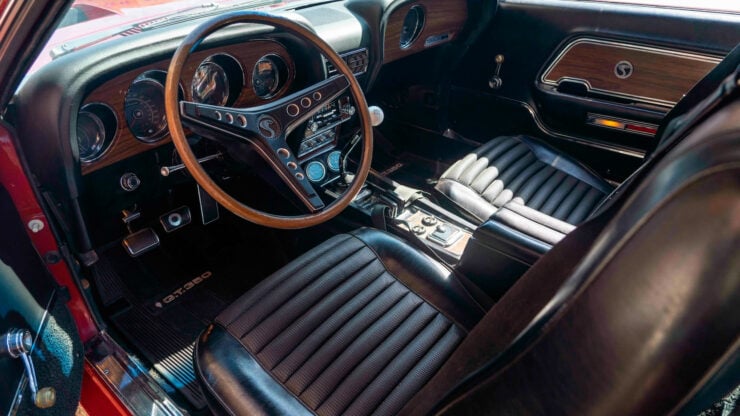

Sometime after Seger’s ownership this 1969 Shelby GT350 ended up in the Horton Classic Car Museum Collection where it spent many years. It’s now being offered for sale and it’s worth noting that as it’s been on display and unused for so much time it will need a full recommissioning and a hopefully a set of new tires.
The car started out as a desirable factory 4-speed car but it’s now been upgraded with a highway-friendly T56 6-speed manual transmission. It has a Hurst shifter, Vintage Air, power steering, power disc brakes up front, an AM/FM stereo, and it’s finished in Candyapple Red with a White side stripe.
If you’d like to read more about this car or register to bid you can visit the listing here on Mecum. It’s due to roll across the auction block in Houston in mid-April.
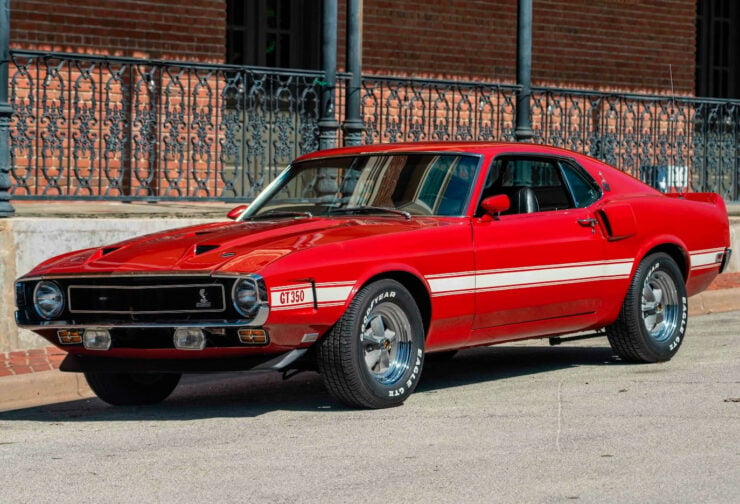
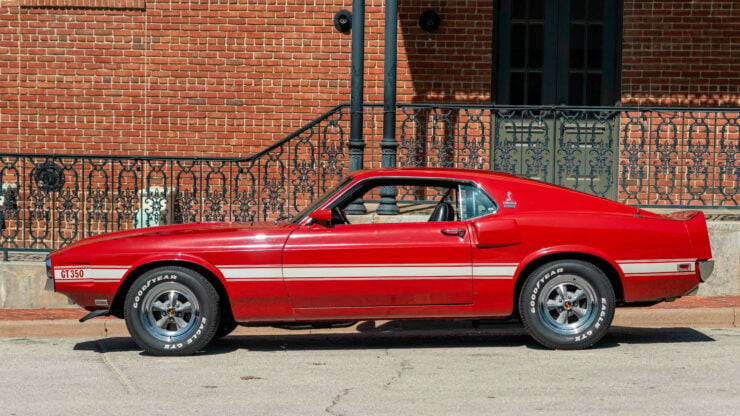
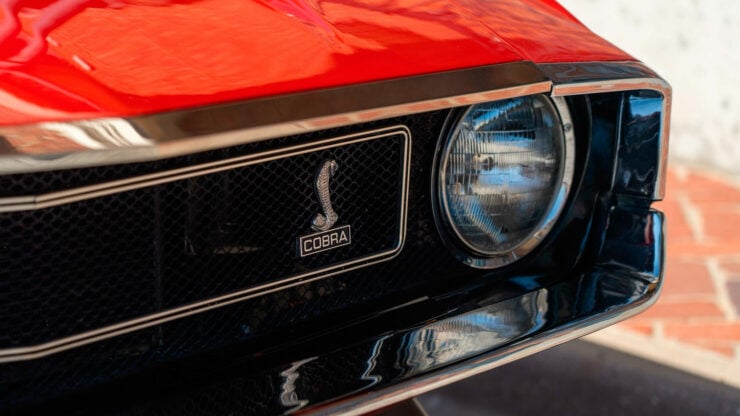

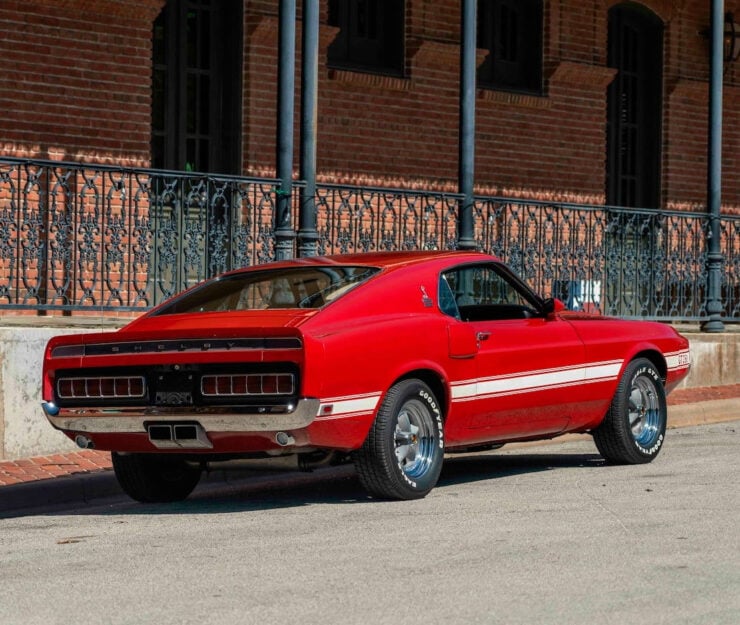
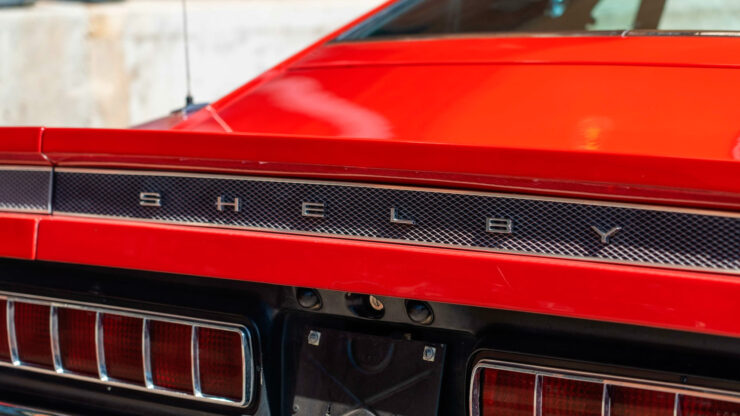
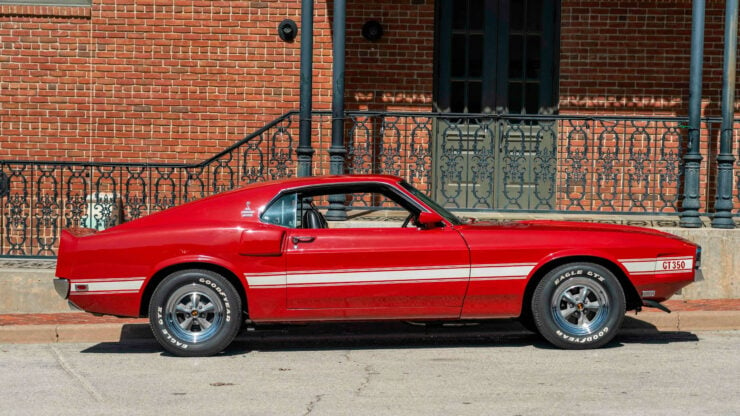
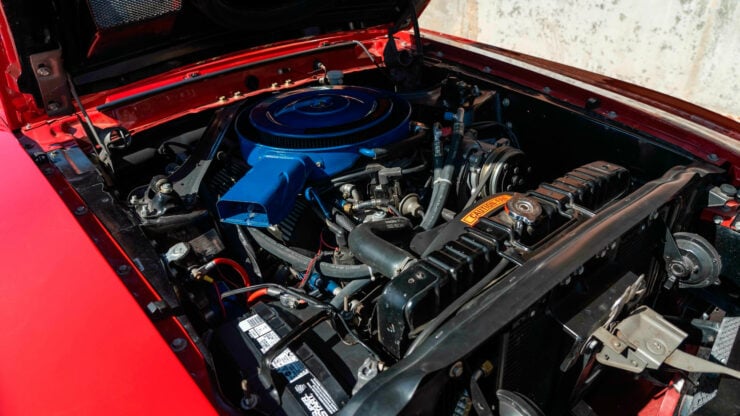
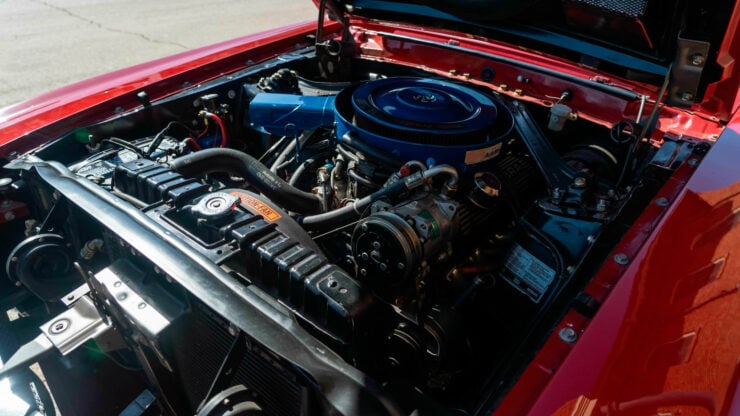


Image courtesy of Mecum

